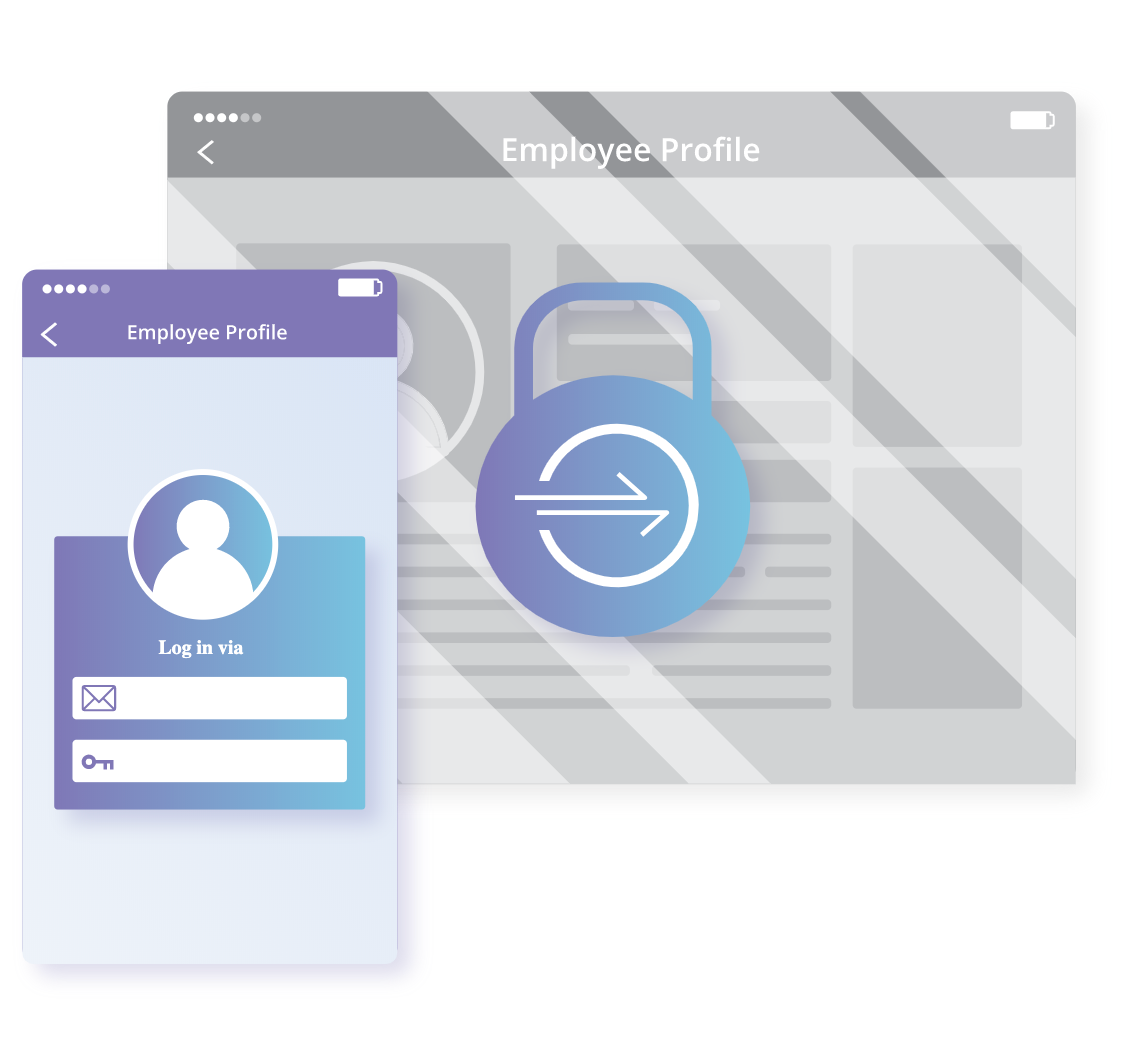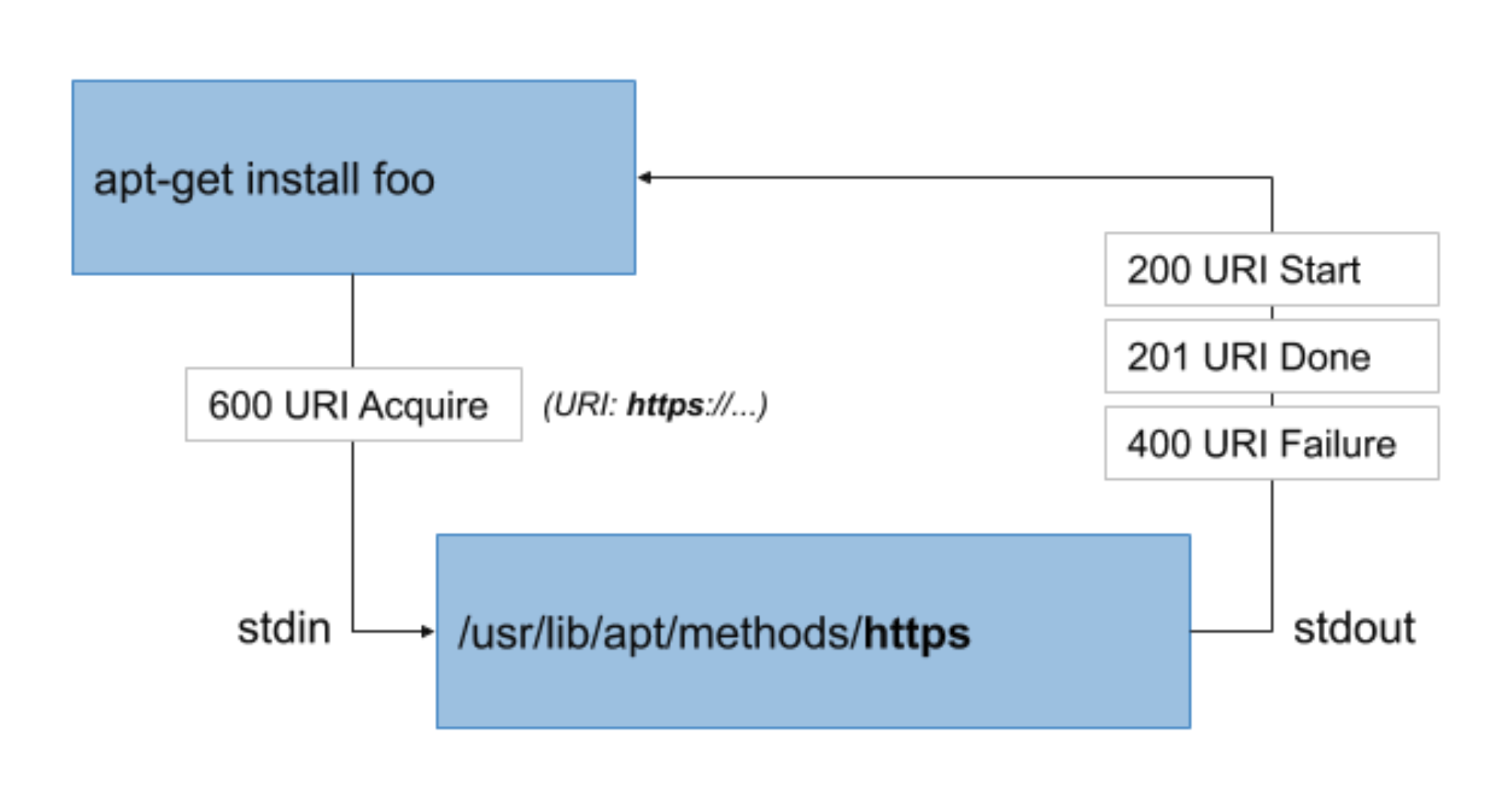Cisco Pays $8.6M in First-Ever Security Software Whistleblower Payout
It’s essentially pocket change for the vendor — Cisco CEO Chuck Robbin’s house sold for...
IBM Packs Red Hat OpenShift Into Cloud Paks
The Cloud Paks allow IBM software to run across major public cloud providers like Amazon Web...
Lanner and GTT Leverage uCPE to Bolster SD-WAN Performance
Both companies announced new SD-WAN capabilities leveraging universal customer premises...
Cohesity Adds Security Capabilities With CyberScan
“Before us, backup data was just an expensive insurance policy. We are the first ones to make...
Juniper Pushes Security Into MX Routers, Updates Containerized Firewall
The vendor first started talking about Connected Security earlier this year. It involves a layered...
VMware Cloud on AWS: NSX Networking and Security eBook
Check out my latest book co-authored with my colleagues Gilles Chekroun (@twgilles) and Nico Vibert (@nic972) on VMware NSX networking and security in VMware Cloud on AWS. Thank you Tom Gillis (@_tomgillis), Senior Vice President/General Manager, Networking and Security Business Unit for writing the foreword and providing some great insight.
Download the eBook for Free
I’ve been very fortunate to have the opportunity to publish my second VMware Press book. My first book was VMware NSX Multi-site Solutions and Cross-vCenter NSX Design: Day 1 Guide. This book was focused very much on NSX on prem and across multiple sites. In my latest book with Gilles and Nico, the focus was on NSX networking and security in the cloud and cloud/hybrid cloud solutions.
You can download the free ebook here:
In this book you’ll learn how VMware Cloud on AWS with NSX networking and security provides a robust cloud/hybrid cloud solution. With VMware Cloud on AWS extending or moving to the cloud is no longer a daunting task. In this book, we discuss use cases and solutions while also providing a detailed walkthrough of Continue reading
When It Comes to Security Architecture, Edge Is Where It’s At
There are billions of reasons why network security needs to be pushed to the edge, and Netskope is...
Why we fight for crypto
This last week, the Attorney General William Barr called for crypto backdoors. His speech is a fair summary of law-enforcement's side of the argument. In this post, I'm going to address many of his arguments.The tl;dr version of this blog post is this:
- Their claims of mounting crime are unsubstantiated, based on emotional anecdotes rather than statistics. We live in a Golden Age of Surveillance where, if any balancing is to be done in the privacy vs. security tradeoff, it should be in favor of more privacy.
- But we aren't talking about tradeoff with privacy, but other rights. In particular, it's every much as important to protect the rights of political dissidents to keep some communications private (encryption) as it is to allow them to make other communications public (free speech). In addition, there is no solution to their "going dark" problem that doesn't restrict the freedom to run arbitrary software of the user's choice on their computers/phones.
- Thirdly, there is the problem of technical feasibility. We don't know how to make backdoors available for law enforcement access that doesn't enormously reduce security for users.
Balance
The crux of his argument is balancing civil rights vs. safety, also described Continue reading
OpenWhisk Gets Its Apache Software Diploma
The serverless platform was initially developed by IBM but now enters an increasingly complex...
Arrcus Raises $30M Series B, Rolls Out 5G Networking Products
One of the new products combines Arrcus’ hardware-agnostic operating system with Broadcom’s...
FatPipe, Mode Take Aim at SD-WAN Security
The service pairs FatPipe’s multi-path WAN transmission security technology with Mode’s SD-Core...
Service Mesh: The Next Step in Networking for Modern Applications
By Bruce Davie, CTO, Asia Pacific & Japan
What’s New in the World of Networking
As I’m currently preparing my breakout session for VMworld 2019, I’ve been spending plenty of time looking into what’s new in the world of networking. A lot of what’s currently happening in networking is driven by the requirements of modern applications, and in that context it’s hard to miss the rise of service mesh. I see service mesh as a novel approach to meeting the networking needs of applications, although there is rather more to it than just networking.
There are about a dozen talks at VMworld this year that either focus on service mesh or at least touch on it – including mine – so I thought it would be timely to comment on why I think this technology has appeared and what it means for networking.
To be clear, there are a lot of different ways to implement a service mesh today, of which Istio – an open-source project started at Google – is probably the most well-known. Indeed some people use Istio as a synonym for service mesh, but the broader use of the term rather than a particular implementation is my Continue reading
Rant: Some Internet Service Providers Should Really Know Better…
I was listening to a nice podcast with Nick Buraglio discussing the recent BGP hijack SNAFU impacting Cloudflare (and their reaction) and while I usually totally agree with Nick, I think that he tried to be way too nice when saying (paraphrasing) “I think Cloudflare was a bit harsh - I would prefer a more community-oriented approach along the lines of how could we help you do your job better”
Read more ...Securing infrastructure at scale with Cloudflare Access

I rarely have to deal with the hassle of using a corporate VPN and I hope it remains this way. As a new member of the Cloudflare team, that seems possible. Coworkers who joined a few years ago did not have that same luck. They had to use a VPN to get any work done. What changed?
Cloudflare released Access, and now we’re able to do our work without ever needing a VPN again. Access is a way to control access to your internal applications and infrastructure. Today, we’re releasing a new feature to help you replace your VPN by deploying Access at an even greater scale.
Access in an instant
Access replaces a corporate VPN by evaluating every request made to a resource secured behind Access. Administrators can make web applications, remote desktops, and physical servers available at dedicated URLs, configured as DNS records in Cloudflare. These tools are protected via access policies, set by the account owner, so that only authenticated users can access those resources. These end users are able to be authenticated over both HTTPS and SSH requests. They’re prompted to login with their SSO credentials and Access redirects them to the application or server.
Cato Networks Steers SD-WAN Management Away From Telcos
The company explained that its platform provides enterprise customers with greater flexibility by...
5G Opens Big Windows for Cisco, Juniper, and VMware
A confluence of transformational shifts in mobile networks is fostering a more favorable...
A Tale of Two (APT) Transports

Securing access to your APT repositories is critical. At Cloudflare, like in most organizations, we used a legacy VPN to lock down who could reach our internal software repositories. However, a network perimeter model lacks a number of features that we consider critical to a team’s security.
As a company, we’ve been moving our internal infrastructure to our own zero-trust platform, Cloudflare Access. Access added SaaS-like convenience to the on-premise tools we managed. We started with web applications and then moved resources we need to reach over SSH behind the Access gateway, for example Git or user-SSH access. However, we still needed to handle how services communicate with our internal APT repository.
We recently open sourced a new APT transport which allows customers to protect their private APT repositories using Cloudflare Access. In this post, we’ll outline the history of APT tooling, APT transports and introduce our new APT transport for Cloudflare Access.
A brief history of APT
Advanced Package Tool, or APT, simplifies the installation and removal of software on Debian and related Linux distributions. Originally released in 1998, APT was to Debian what the App Store was to modern smartphones - a decade ahead of its time!
Docker’s Contribution to Authentication for Windows Containers in Kubernetes

Challenges with gMSA in Containerized Environments
Aside from being used for authentication across multiple instances, gMSAs solves for two additional problems:- Containers cannot join the domain, and;
- When you start a container, you never really know which host in your cluster it’s going to run on. You might have three replicas running across hosts A, B, and C today and then tomorrow you have four replicas running across hosts Q, R, S, and T.
Accessible, Clear, and Appropriate: An Open Letter to Amazon on Privacy Policies

With great power comes great responsibility.
Online marketplaces, such as Amazon, are becoming increasingly common. But can consumers count on these marketplaces to help safeguard their privacy? On Monday, coinciding with Amazon Prime Day, the Internet Society partnered with Mozilla and other organizations to publish An Open Letter to Amazon about Privacy.
We call for Amazon to require vendors of connected devices to have “a privacy policy that is easily accessible, written in language that is easily understood, and appropriate for the person using the device or service.”
This is one of the five minimum guidelines we called for in a joint statement with Mozilla and Consumers International during the 2018 holiday buying season: “Minimum Standards for Tackling IoT Security.” The other guidelines cover strong passwords, software upgradability, ability to manage reported vulnerabilities, and encryption of data. However, these five guidelines are just baseline recommendations. A full set of principles addressing security, privacy, and lifecycle issues is outlined in our IoT Trust Framework.
We urge everyone involved in the production and sales of connected products to step up and help protect their customers by ensuring that trust by design – making privacy and security the default – Continue reading
Broadcom’s Symantec Offer Hung Up on Price, Report Says
Symantec is reportedly looking for a purchase price of at least $28 per share, which appears to be...